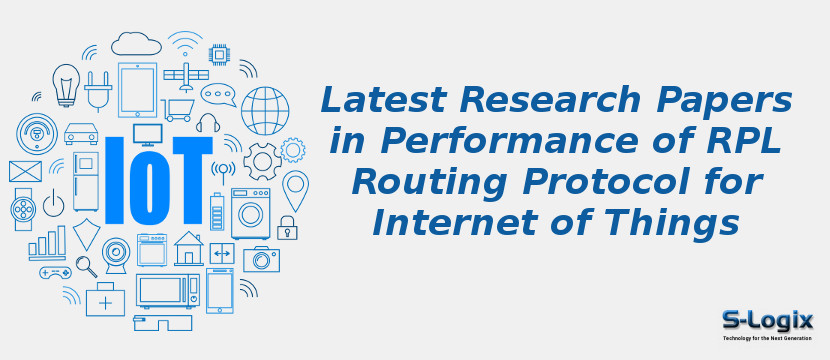Research papers in the performance of RPL (Routing Protocol for Low-Power and Lossy Networks) for the Internet of Things investigate the protocol’s effectiveness in diverse application scenarios by analyzing metrics such as packet delivery ratio, latency, energy consumption, control overhead, network lifetime, and scalability. Since RPL was standardized by the IETF for LLNs, studies extensively evaluate its performance under varying topologies, traffic patterns, mobility levels, and environmental conditions to understand its strengths and limitations. Simulation-based works using tools like Cooja, NS-2, NS-3, and OMNeT++ assess RPL’s adaptability in wireless sensor networks, 6LoWPAN, and industrial IoT, while real-world testbed experiments validate these findings in practical deployments. Research highlights that while RPL performs well in static networks with moderate traffic, it struggles with mobility, heavy traffic, and dynamic topologies, leading to packet loss, high delay, and frequent route repairs. To overcome these issues, performance-focused studies propose RPL enhancements such as mobility-aware RPL, energy-efficient RPL, QoS-aware RPL, and security-enhanced RPL, each addressing specific performance bottlenecks. Comparisons with alternative protocols (AODV, LOADng, DYMO, and geographic routing) further illustrate trade-offs in terms of reliability, resource usage, and adaptability. Application-driven evaluations show how RPL’s performance directly impacts mission-critical IoT domains like healthcare, industrial automation, smart cities, precision agriculture, and vehicular networks, where stringent requirements on latency, scalability, and resilience are essential. Collectively, this literature provides a comprehensive understanding of RPL’s performance, its current limitations, and the enhancements necessary to optimize it for next-generation IoT ecosystems powered by 5G, 6G, and edge–fog integration.
